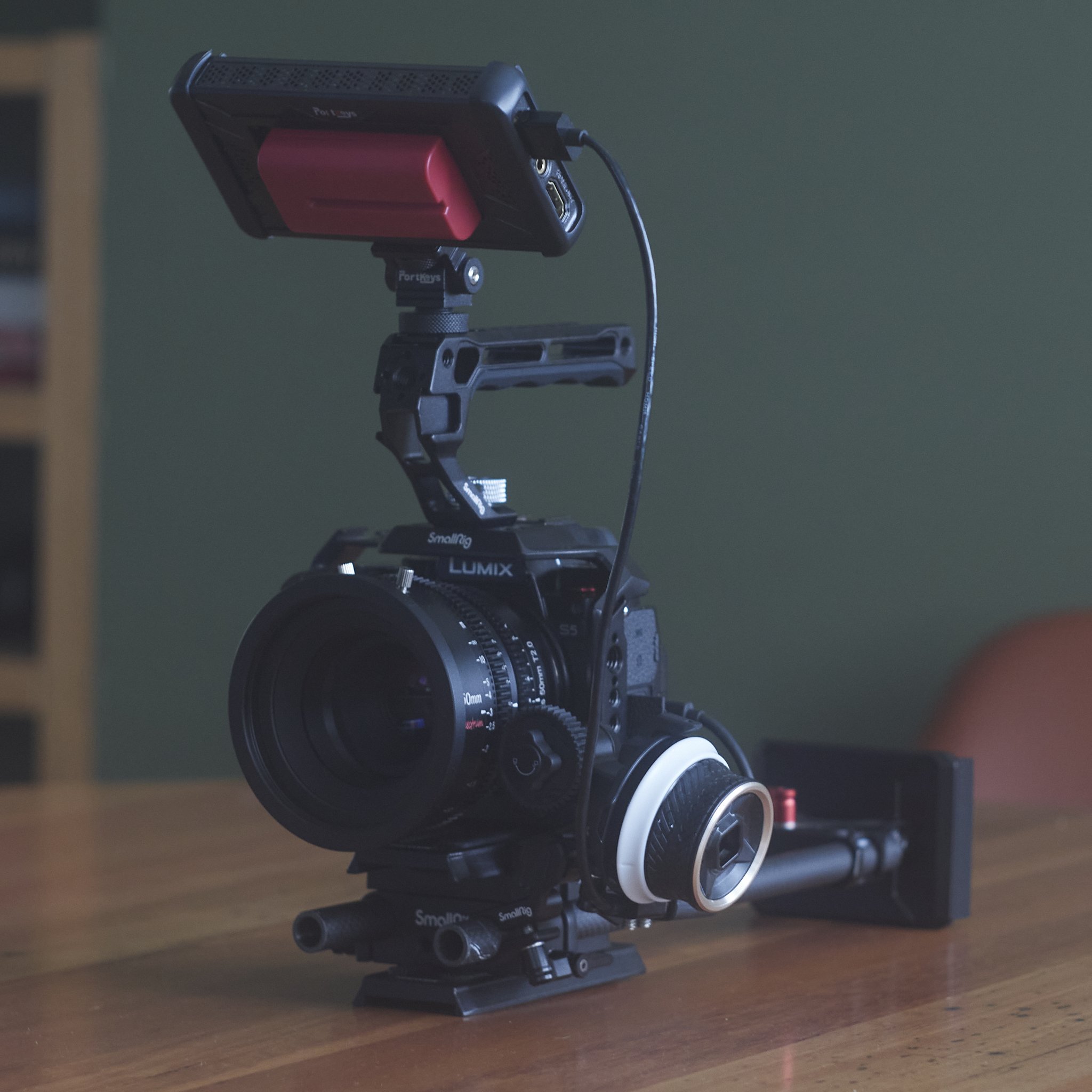As the above lens test images show, there can be a lot of “negative” space in a 3:2 ratio image. It can cramp vertically, have too many distracting elements, lack strength and be a waste of sometimes limited quality.
Ironically the format was also not wide enough to satisfy the true landscape buffs who wanted at least 2:1 ratio.
If you look at all other formats available at the time, 4x5, 5x7, 8x10, 6x4.5, 6x6, 6x7, 3, 4 or 5:1 panoramic or even 126 format, no other format is so rectangular by nature or occasionally not rectangular enough. Even TV screens jumped from 4:3 ratio to wide screen 16:9, ignoring the in between 3:2 ratio.
On top of that, the format requires a larger lens mount and bigger lenses to service the outer edges of the frame than most other format relative to capture area*. Lens coverage is measured from corner to corner, so the wider the rectangle, the larger the coverage area, much of it wasted.
It was a stretch (in the worst sense), but it was also the peoples format, the format of the modern camera and it was gathering momentum. Like with a lot of things, common sense went out the window, economics took over.
Other formats were available and often professionals would use medium or large format for both the extra quality and the more sensible shape, but 35mm has been the format of the masses since the 1960’s.
All credit to them, the makers produced practical and sexy cameras, so the format as flawed as it was, was convenient, well supported, likeable and cheap, so it managed to rule over all.
So why are we still stuck with 3:2 ratio “full frame” as our go-to format in the digital age?
The great irony of this bastard format being called “full”, when all formats are “full” to their own requirements and what constitutes “fullness” is a matter of opinion if even relevant, still annoys me, but I can move on, really..…I can.
Sure digital is more forgiving of all formats, but it is also more exciting for that. You can have what ever you want, so why does 3:2 rule?
Nikon, Canon and the dregs of the other major brands had a legacy, one that needed feeding while we transitioned from film to digital. Even when economics and tech forced a smaller format on them in early days, they still stuck with 3:2. Makes no sense, but old habits I guess.
If any of these brands actually adopted a 4:3 ratio, they would have instantly improved their ageing lenses performance (removing the pesky extreme corners where things go so wrong**), made their format more compatible with most print formats and reduced the cost of their sensors by a decent percentage***. The actual drop in objective quality would have been insignificant in the real world. I can only assume they kept to the 3:2 shape for consistency, biding their time until the larger 35mm format re-emerged.
Nikon could have kept their mount intact and the all too small Minolta/Sony mount would also not have to force lens design miracles to fit around the cut-off sensor corners****.
They would also have found the format friendlier to the square social media formats and even reduced the need for vertical grips on cameras. It may have even changed the shape of the camera.
Olympus, Panasonic, Black Magic and Fuji were not tied to any tangible legacy. They had the freedom to do as they wished.
M43 is actually the only made to measure, was produced digital camera and lens format designed with many of the above elements in mind. Better lens design, better format fit, smaller cameras and lenses. It has been a long time since I stressed over corner quality, something I was always aware of with earlier Canon full frame DSLR lenses.
It is smaller, but it also makes more sense.
Another irony is the need for full frame champions to push their quality advantage when most formats, now even decent phones, can provide more than enough quality. Full frame is bigger, but the math at play in other areas can even it out as I have discussed previously.
Like Bokeh, we are stuck with the current state and perceptions of this as Sony, Nikon and Canon are writing the history we will be reading, but as with all history, there is always more to it than the big print headlines.
Probably the one shining light for M43 format is open gate video. The 4:3 shape is more versatile for horizontal movie and vertical reel framing, but who said logic will prevail this time around.
*Another area of confusion are print shapes. You can print 8x12 or 8x10, one the “older” shape the other to fit 35mm conventions. There are 35mm equivalents to most regular print shapes but they are the exception, not the rule. In a shop I worked in for over a decade, we used to do a “wedding special” of 6x8 prints on pearl lustre paper on Mondays. Only one of our customers ever asked for or possibly even knew of the 6x9 option we offered. In other words over 99% of our customers were asking for a forced crop print format!
** I remember a sample image from the brand spanking new 5D Mk1 posted, taken with the 17-40 f4L wide open at 17mm. This lens was and is well liked, but in the far corners at wider apertures, these is not discernible resolution. In 4:3 ratio, that would magically disappear. The best match for the circle is of course the square. Just sayin’.
***Sensors are made in wafers and cut down. Flaws are inevitable, making larger wafers less economically reliable. make them smaller and you get more from a wafer.
****Have a look when you can, their sensor corners are actually obscured by the mount flange, making for some pretty interesting, expensive and huge lens designs.





























































































